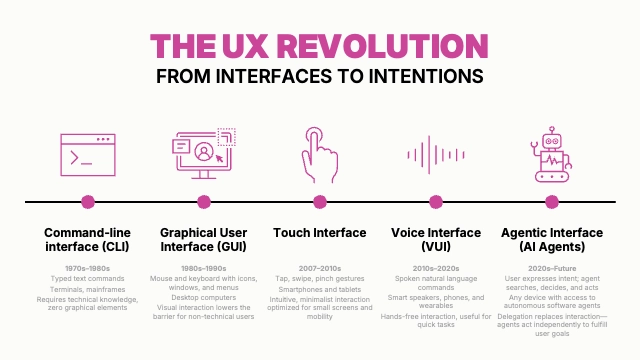Python and JavaScript are winning the AI race in 2025
LLMs are reshaping the future of programming languages
The success of AI-generated code relies heavily on the volume and quality of training data. And here’s the kicker: LLMs are trained predominantly on open-source code. That means languages like Python and JavaScript, which dominate GitHub, Stack Overflow, and countless open repositories, give LLMs an unfair advantage in mastering them.
These languages are the lingua franca of open-source innovation. Python powers data science notebooks, web backends, and automation scripts. JavaScript owns the frontend and runs across virtually every website. They’re well-documented, widely discussed, and heavily tested in public.
As a result, LLMs are becoming frighteningly good at generating code in these languages—often faster and more accurately than human developers.
The silent struggle of enterprise languages
On the flip side, enterprise-oriented languages like Java, C#, and frameworks like SwiftUI often live behind closed doors. The codebases are proprietary, the architecture complex, and the public examples few and far between. That means LLMs have less to learn from.
Sure, these languages are still supported—but not with the same richness or depth. The result? AI-generated code in these languages is less reliable, more error-prone, and slower to evolve.
In a world where AI-enhanced productivity is becoming the baseline, these slower-moving ecosystems are at risk of stagnation.
Studies show that LLMs have a strong bias toward Python, using it in 90%–97% of cases for language-agnostic tasks, and even when it’s not the best fit, Python is still chosen in 58% of project initialization tasks
The real threat to developers isn’t no-code—It’s AI-powered peers
Many developers worry that AI will replace them. But the immediate threat isn’t from project managers using drag-and-drop builders. It’s from fellow developers who embrace AI tools, master AI-native languages, and build faster than you ever could manually.
If you’re working in a niche language or framework that AI doesn’t handle well, your velocity drops. Meanwhile, your peer who codes in Python with a Copilot-style assistant is shipping 3x faster, refactoring in seconds, and writing tests in milliseconds.
This isn’t a future scenario—it’s already happening.
What can the developer community do?
If we want to preserve a healthy, diverse programming ecosystem, we can’t leave language survival to chance. Here’s how we can fight for the rest:
- Open the gates: Encourage more open-source contributions in enterprise languages. Share code examples, libraries, and real-world apps publicly to enrich LLM training datasets.
- Train smaller models on closed code: Within companies, consider training small, private LLMs on your internal Java/C#/Swift codebases to assist your teams effectively.
- Invest in language-specific AI tools: Communities around less-represented languages need to build their own Copilots, linters, and smart IDE integrations powered by private or fine-tuned models.
- Document aggressively: Rich, high-quality documentation helps LLMs learn. Treat it as a community service that extends your language’s longevity.
- Educate and advocate: Spread awareness within your language community about the importance of open data and AI readiness. It’s not just about tooling—it’s about survival.
The rise of AI in development is accelerating certain languages while leaving others behind. It’s a silent selection process driven by data—not by quality, performance, or elegance.
If your favorite language isn’t thriving in the AI era, it’s time to act. Otherwise, we risk a monoculture where only a few AI-favored languages dominate the future of software.
In short: code smarter, share openly, and remember—AI learns what we teach it.
